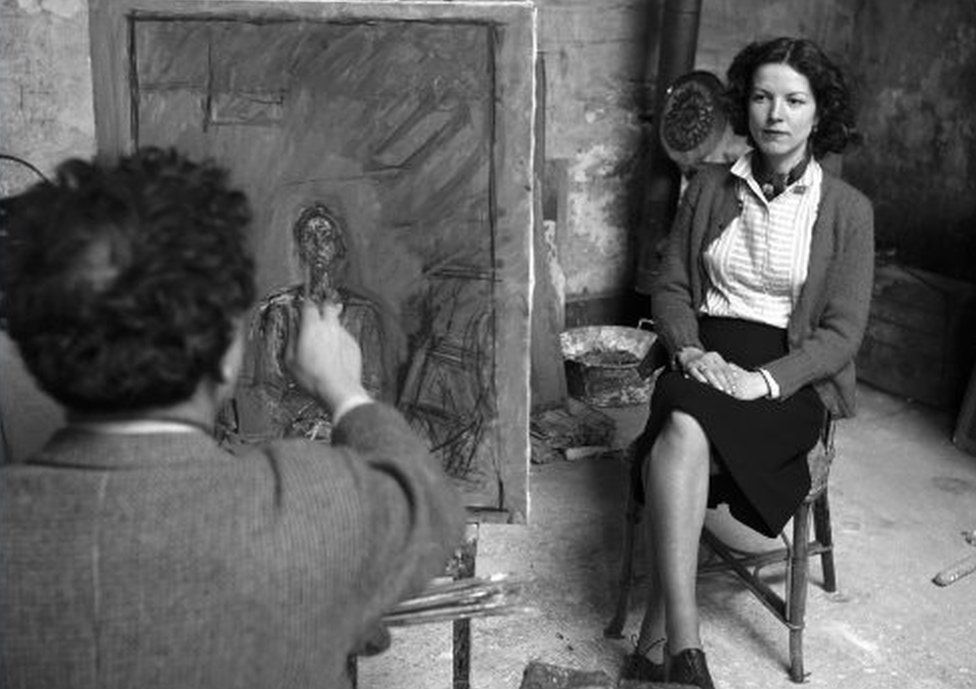Creative woman of humanist photography: Who is Sabine Weiss?
Swiss-French photographer Sabine Weiss was accepted as the 'creative woman' of humanist photography with the photographs she took and the moments she captured.

Sabine's photographs consist of precise observation and multi-layered atmospheric depictions of daily life. She photographs people on the street randomly over and over and turns them into a story.
Sabine Weiss (née Weber; 23 January 1924 – 28 December 2021) was a Swiss-French photographer active in the French humanist photography movement, along with Robert Doisneau, Willy Ronis, Édouard Boubat, and Izis. She was born in Switzerland and became a naturalized French citizen in 1995.
The daughter of a chemical engineer, Sabine's family noticed her interest in photography at an early age bought her a camera, and helped her set up her own darkroom at home. Here she taught herself techniques such as silver-gelatin printing.
“My family thought I would become a laboratory technician. At that time, the idea of becoming a professional photographer was unthinkable. There were no books, no exhibitions. Maybe there were books for well-known photographers in America, but not in Switzerland. I realized very early that photography would be my medium of expression. “I was more visual than intellectual.”
Sabine left Geneva for Paris in 1946 and became the assistant of Willy Maywald, a German photographer specializing in fashion photography portraits. She deepened her knowledge of composition and technical aspects of photography.
In 1950, she married American painter Hugh Weiss, at which time she began her career as an independent photographer. Sabine captured the struggles, hopes, and sometimes humorous moments on the streets of post-World War II France, with photographs of dirty-faced children, food stall vendors, and Romani dancers.
“From the very beginning, I had to make a living from photography; “It wasn't an artistic thing, it was a craft, I was a craftsman of photography.”
After a while, Sabine started working on taking more documentary photographs; He went to Egypt, India, Morocco, and Myanmar. Journalist Robert d'Hooghe described his meeting with Sabine Weiss in the 1956s as follows: When he participated in the discussion, he never forgot to emphasize that he was a photographer, not an "artist."
Perfectly balanced compositions are undoubtedly Sabine's greatest strength. Throughout his life, he focused on people's daily lives and captured their emotions. When he died, he was considered the last member of the humanist school of photography, which also included Brassaï and Willy Ronis. As he said:
“I take photographs to hold on to the temporary, to seize the chance, to save the image of something that will be lost: gestures, attitudes, objects that remind us of our short life. The camera picks them up and freezes them as they disappear. “I love this constant dialogue between myself, my camera, and my subject, which makes me different from other photographers who do not seek this dialogue and prefer to distance themselves from their subjects.”
December 2021
Sabine Weiss, the legendary name of street photography, died in Paris at the age of 97
Although Weiss stopped taking photographs, he remained actively involved in the creation of his archive until his death.
Weiss was born in Switzerland, learned his art in Geneva, and moved to Paris after World War II. She became especially famous for the images she took on the streets of Paris and was at the heart of French photography for 70 years.
